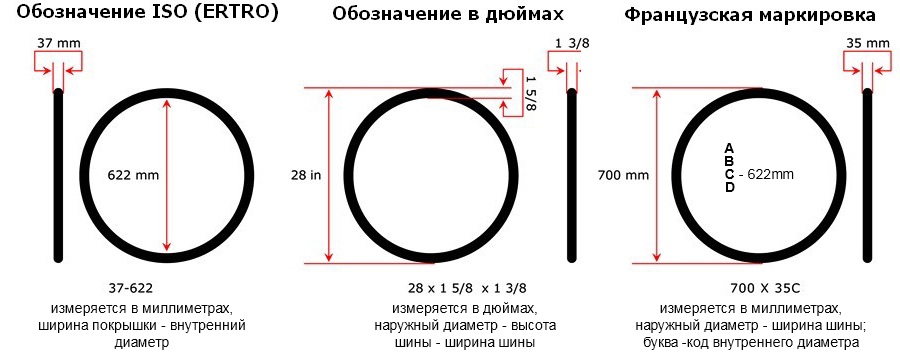Now playing: Watch this: Read your tires and know what you have
7:00
You can read automotive tires like a book if you know the language, and doing so will help you buy the best ones and get the most miles out of them. Our video above takes you through the entire secret world hiding in plain sight on the side of your tire, but here are a few highlights.
Perhaps the most commonly discussed piece of data about a tire is a number in the format "XXX/XXRXX," which describes a tire's size and shape in a somewhat arcane way. Using 235/55R18 as an example, 235 is the tread width in millimeters. The higher that first number, the wider the tire. The 55 is the height of the tire expressed as a percentage of the width we just saw. The lower this number, the shorter and more aggressively the tire sits on the wheel.
The R means the tire is of radial construction (they all are) and the 18 is the diameter of wheel the tire fits, expressed in inches. This string is a real hodgepodge of numbers but it carries the essence of a tire's applicability.
In smaller type, typically at the end of a line that begins with the letters DOT, you'll find a four-digit sequence like 3219. This reveals your tire's manufacturing date, expressed as the week of the year followed by the last two digits of that year. In this example "3219" means the tire was made in the 32nd week of 2019. This is important information because tires can run out of life long before they run out of tread: Heat, UV, ozone and the quality of the tire's materials can end a tire's safe usage life long before it fails the Lincoln penny tread test. The tricky part is knowing how old is too old.
This tire was made in the 14th week of 2017. The numbers before 1417 are manufacturing codes you or your tire installer should register to make sure you receive recall notices that apply to your rubber.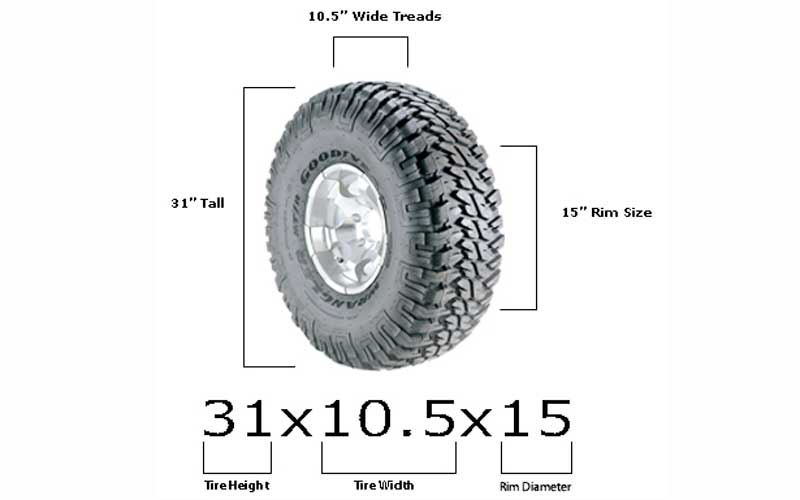
The largest tire chain in the US, Discount Tire/America's Tire, has a policy that suggests you replace tires after six years, which is a commonly mentioned rule of thumb though many consumers see it as a ploy to sell them new tires. The company won't even service tires that are over 10 years old, other than to take them off your car, but that isn't as definitive as it sounds. "There is no such thing as a 'freshness date' for tires," says Richard Sherman, tire and accident reconstruction expert at Robson Forensic. "I've seen tires fail in one year or last about 20 years," he says, adding that you should look for sidewall cracking or unusual tread appearance as signals that your tires could be failing in ways that aren't revealed by simple tread depth.
If there is anything like a universal truth about tire age it would be that you should replace any tire with a three-digit date code: The industry hasn't used those codes since 1999.
We've all heard the exhortations to check and maintain our tire pressure for the best fuel economy, handling and safety. All of that is true, but when you grudgingly stoop down at the gas station with that nasty tire inflator, all you see on your tires is a "MAX PRESSURE" number. That is not the proper inflation pressure, merely the highest at which the tire won't disintegrate or come off the wheel. The pressure you should inflate your tire to is located in one of a few places according to federal rules: On a door edge, door post or glove box door or inside the trunk, or on the fuel-filler door and in the owner's manual. That doesn't narrow it down much, but once you know the number it's easy to remember. Just don't inflate to the MAX PRESSURE on the side of the tire.
The wheels that came installed on your vehicle are designed to perfectly fit your vehicle’s suspension, gearing, and bodywork which can affect ride quality and vehicle performance.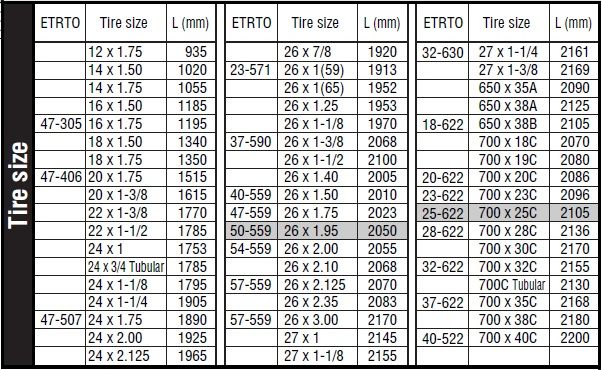 But that doesn’t mean you can’t have different wheels or rims installed on your car or truck. To understand what wheels will work for your vehicle, we’ll take a look at rim sizes and some basic measurements.
But that doesn’t mean you can’t have different wheels or rims installed on your car or truck. To understand what wheels will work for your vehicle, we’ll take a look at rim sizes and some basic measurements.
There are many reasons you might want to switch out your rims. Maybe you want an extra set of wheels and tires for easy installation every winter, or you’re looking for added performance and handling. You might even be going for a specific look, including sleek and stylish or rugged and cool. Whatever your reason, it’s important to note that getting the wrong wheel setup could cause a vibration, or some rubbing on suspension components or vehicle body parts.
Les Schwab Tip: Before you change the tire sidewall height, tread width, or rim size on your vehicle, talk to the experts first. We’ll help translate the difference in RPM, tire speed, load index, and speed rating and how it will or will not fit with your vehicle’s suspension, gearing, and bodywork.
First, start with the wheel size for your vehicle. You can find that on the sidewall of the tires on your original wheels or the inside frame of the driver’s door. Check out Tire Size Explained (Reading the Sidewall) for more.
The wheel diameter (in inches or millimeters) is the fifth set of numbers and letters. What do rim size numbers mean? This number represents the distance between the two bead seat areas where the tire is sealed onto the wheel.
The wheel size also includes its width and offset. The width is the distance from each bead seat (from inside to the outside). The offset determines how the wheel and tire set aligns with the wheel well.
The offset is how far inward or outward the mounting surface is in reference to the center-line of the wheel. The center-line is calculated by simply dividing the wheel into two equal halves. Les Schwab has the tools to accurately measure your center-line.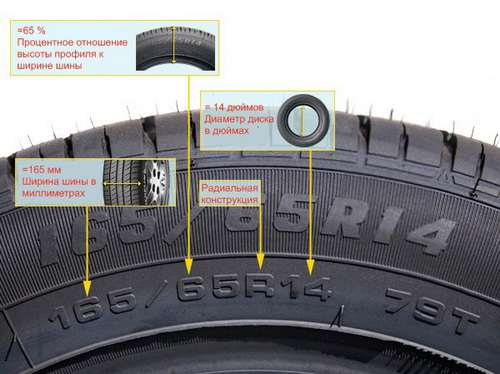
The offset is how far inward or outward the mounting surface is in reference to the center-line of the wheel.
Here's how offset determines the look of your rims. If the hub mounting surface is in front of the center-line, your rims and tire will be pulled inward. This is called positive offset.
If they are behind the centerline, your rims and tire will stick out from the body of the vehicle. This is negative offset.
Les Schwab Tip: Measuring the offset on your vehicle is difficult without removing the tire and wheel. Consult the pros to get the right fit.
To ensure a set of rims fit properly on your vehicle, you’ll need the hub size on your car or truck as well as the wheel center bore measurement and number of wheel studs (as well as the distance between those studs). Les Schwab has those measurements for your vehicle, including bolt patterns.
Most vehicles come with a 4-, 5-, 6-, or 8-lug pattern.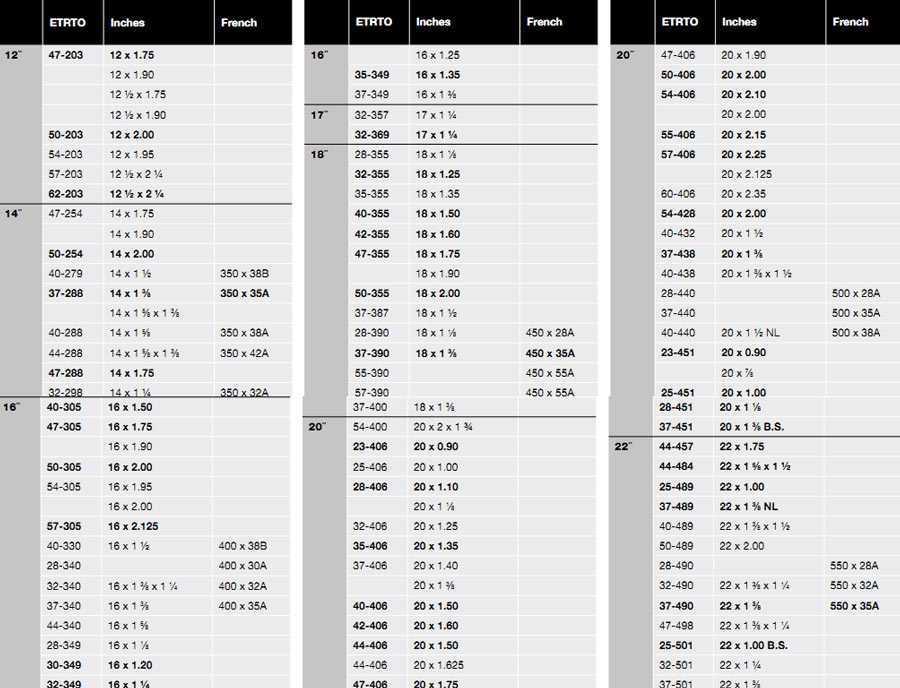 These bolt patterns, which are specifically spaced, help narrow your wheel or rim choices. While counting the number of bolts on your vehicle is important before buying a set of rims, it’s vital the wheels you choose match the spacing between the wheel studs on your vehicle.
These bolt patterns, which are specifically spaced, help narrow your wheel or rim choices. While counting the number of bolts on your vehicle is important before buying a set of rims, it’s vital the wheels you choose match the spacing between the wheel studs on your vehicle.
To measure a 4-lug pattern on a set of rims, measure from the center of two holes across from each other. For a 5-lug pattern, measure from the outside of one wheel stud hole and the center of the opposite. And for 6- and 8-lug patterns, measure from the center of one hole to the center of the opposite wheel stud hole. You’ll either need this measurement in inches or millimeters, depending on the wheel manufacturer.
Remember, there’s no need to take these measurements on your own. The pros at Les Schwab do it every day and can ensure you get the right rims for your vehicle.
At Les Schwab, we take pride in our custom wheel expertise. Stop by and ask about new wheels for your vehicle.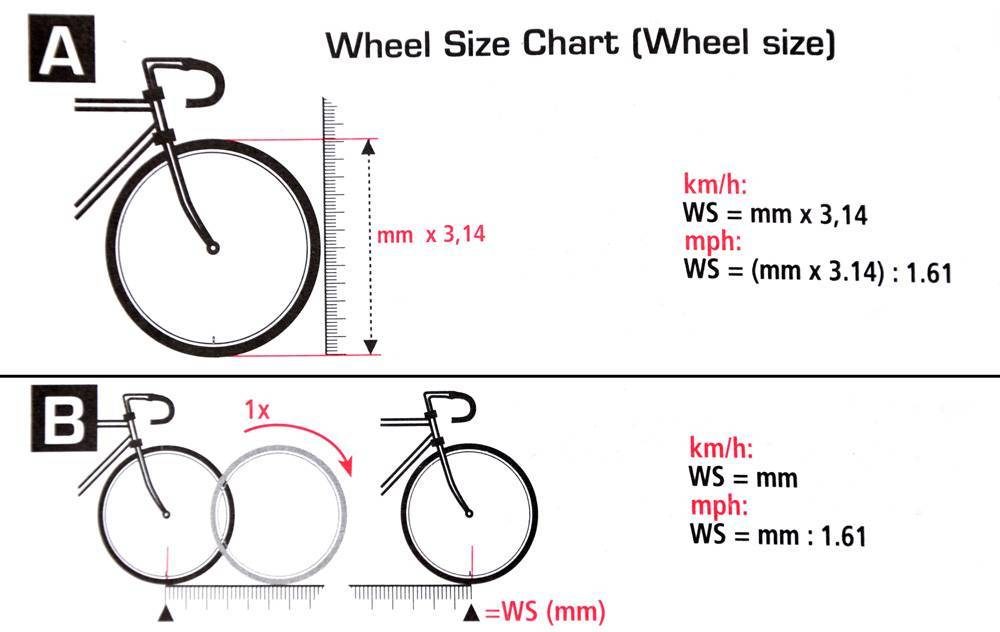 We’ll show you all of your options, whether you’re going for a new look, a boost in performance, a new set of wheels for your winter tires, or simply as a replacement of your current set.
We’ll show you all of your options, whether you’re going for a new look, a boost in performance, a new set of wheels for your winter tires, or simply as a replacement of your current set.
Find A Store Near You
Photo: Shutterstock
adv.rbc.ru
See also
Numbers and letters on a car tire provide all the necessary information about it. True, it is not easy to read them - here, even in the designation of one parameter, several measurement systems can be used simultaneously. In addition, many values are expressed in special indices. We decipher all important labels for the buyer.
adv.rbc.ru
A tire label is information about its properties printed on the outer rim. This is a huge amount of useful information. Here are the parameters of the tire that can be read from it itself:

The size designation is written in the form XXX/XX R XX. For example 225/65 R17.
The first three digits are the tire width in millimetres. In our case - 225 mm.
The second digit is the height, but not in millimeters, but as a percentage of the width. In our case, its height is 146.25 mm (225 * 0.65).
The third number after R is the outside diameter of the wheel or the inside diameter of the tire in inches. In our case, this is 17 inches or 43.18 cm. Do not confuse - this is the radius, not the diameter. The letter R itself stands for the radial design of the tire, which confuses many. Sometimes Radial can be written separately on the bus - the meaning is the same. In addition to the radial, there is also a diagonal design (D), but these are not found today.
Two numbers and a letter immediately follow the size.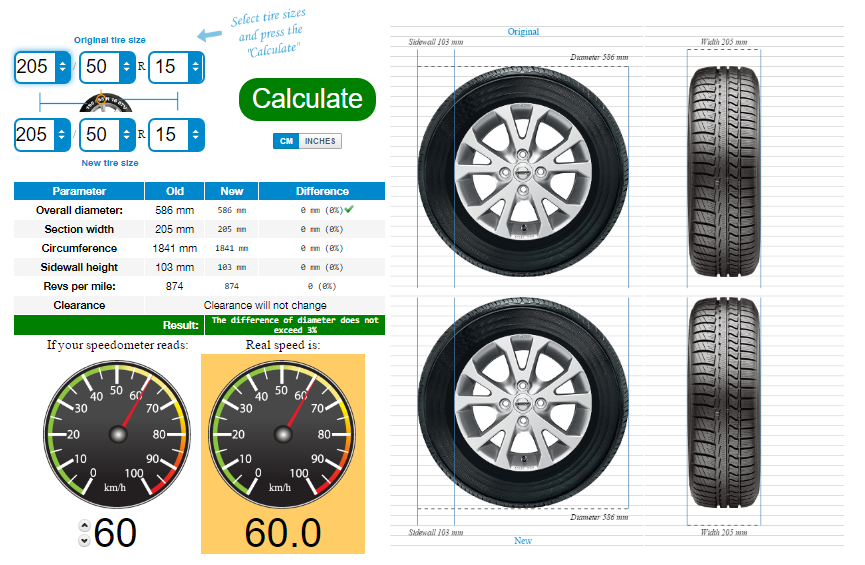 These are the codes for the load capacity and speed limit of the tire.
These are the codes for the load capacity and speed limit of the tire.
Two digits - capacity or load index. This is a complex system of values, in which the larger the number, the greater the load, but the step size between the values is not constant. Therefore, it is easier to just know the most common of them:
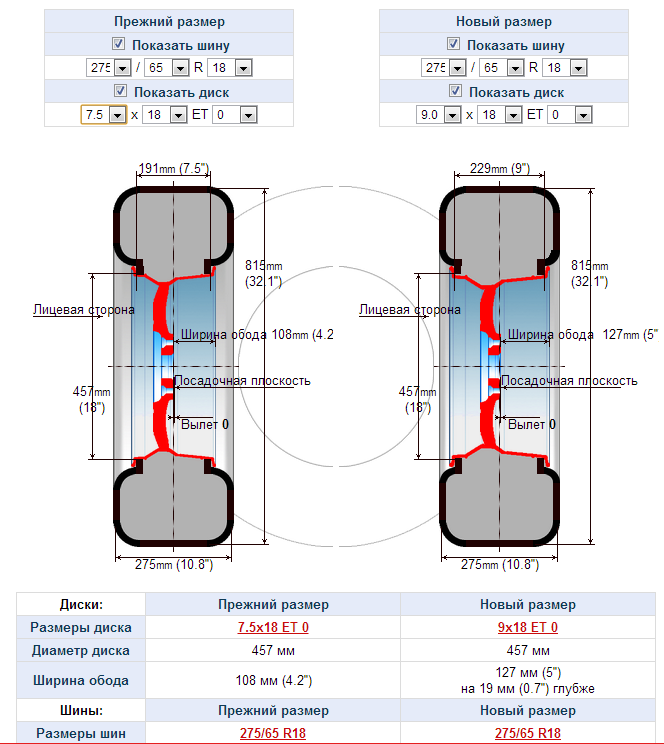
The index value is the load on each wheel separately. To calculate the total load capacity, multiply by 4. This value can also be written elsewhere in a simpler form: Max load - xxx kg.
Photo: Shutterstock
The letter after the two digits of the load index is the index of the maximum speed for which the tire is designed. It starts with A, but the values relevant for modern machines start with the second half of the Latin alphabet:
This is not the limit, but the maximum "comfortable" value. In exceptional cases, you can even exceed it by 20-30%, but it is better to avoid this.
Another key parameter is the timing of the tire. Usually it is indicated in a rounded rectangle, but may be without a frame. The first two digits are the week, and the second two are the year.
Also, three more parameters are usually indicated on the tire - wear resistance margin, grip quality class and temperature index.
The wear index is denoted by the word treadwear. Its unit is 480 km. Multiply the number next to that word by that value. If treadwear is 400, it means that under test conditions at the test site, such a tire has worn out after driving 192,000 km. Also, this parameter can be designated separately as the abbreviation TWI.
Traction is a measure of how well a tire grips on wet road surfaces. It has values from AA - the best level, to CC - the worst. Tires for regular passenger cars usually have class A, and the highest class is for sports and racing.
Temperature is the tire's ability to withstand heat when driving at a certain speed. There are three values here:
There are three values here:
Tires of modern passenger cars most often have this index value - A.
Photo: Shutterstock
The letter E with a number indicates that the tire complies with the rules of the European Tire Standards Association (ETRTO) and has a corresponding certificate . The number indicates the country that issued it - but this does not matter, since the ETRTO requirements are the same. In this case, the tire can be produced anywhere.
The weather conditions in which it is permissible to use this tire are also usually indicated:

Winter tires must have a first, second or third designation.
On some tires you can find the designation of the type of car for which they are intended:
In addition, the tire may be marked with:
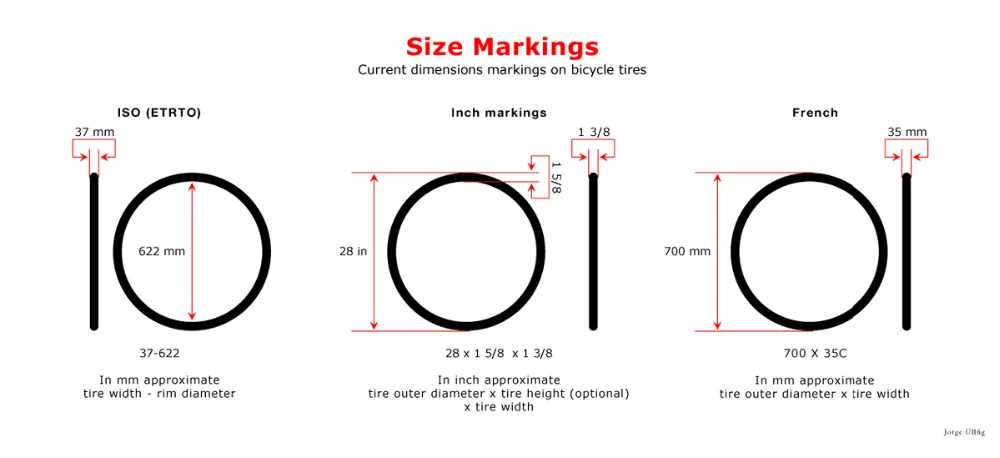 Tubeless may also be written on a tubeless tire;
Tubeless may also be written on a tubeless tire; Do you want to choose a tire for your car, but do not understand tire markings well? It's not a problem! In this section, we will help you figure out what tire parameters are, what they mean, and which tire is right for your car.
Find tires / tire catalog
195/65 R15 91 T XL
195 is the tire width in mm.
65 - Proportionality, i.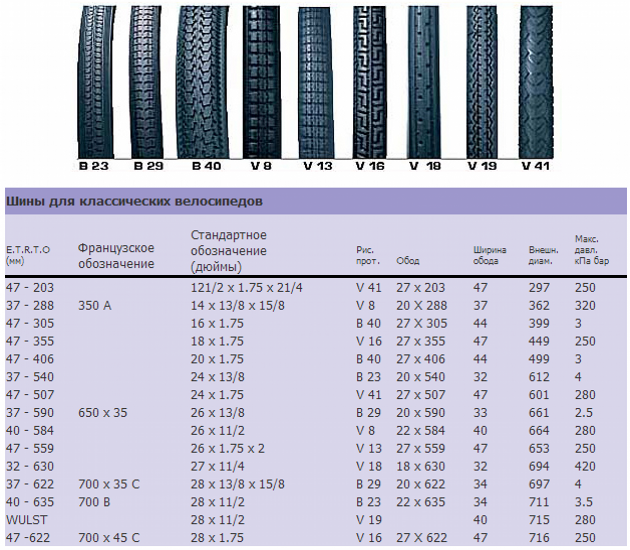 e. profile height to width ratio. In our case, it is equal to 65%. Simply put, with the same width, the larger this indicator, the higher the tire will be and vice versa. Usually this value is simply called “profile”.
e. profile height to width ratio. In our case, it is equal to 65%. Simply put, with the same width, the larger this indicator, the higher the tire will be and vice versa. Usually this value is simply called “profile”.
Since the tire profile is a relative value, it is important to consider when choosing rubber that if you instead of size 195/65 R15, if you want to put tires with a size of 205/65 R15, then not only the width of the tire will increase, but also the height! Which in most cases is unacceptable! (except when both of these sizes are indicated in the car's operating book). You can calculate the exact data on changing the outer dimensions of the wheel in a special tire calculator.
If this ratio is not specified (for example, 185/R14C), then it is equal to 80-82% and the tire is called full profile. Reinforced tires with this marking are usually used on minibuses and light trucks, where a large maximum wheel load is very important.
R - means a tire with a radial cord (in fact, almost all tires are made this way now).
Many mistakenly believe that R- means the radius of the tire, but this is precisely the radial design of the tire. There is also a diagonal design (indicated by the letter D), but recently it has practically not been produced, since its performance is noticeably worse.
15 - wheel (rim) diameter in inches. (It is the diameter, not the radius! This is also a common mistake). This is the “landing” diameter of the tire on the disk, i.e. is the inside size of the tire or the outside of the rim.
91 - load index. This is the level of maximum permissible load on one wheel. For passenger cars, it is usually done with a margin and is not a decisive factor when choosing tires (in our case, IN - 91 - 670 kg.). For minibuses and small trucks, this parameter is very important and must be observed.
T - tire speed index. The larger it is, the faster you can ride on this tire (in our case, IS - H - up to 210 km / h). Speaking about the tire speed index, I would like to note that with this parameter, the tire manufacturer guarantees the normal operation of the rubber when the car is constantly moving at the specified speed for several hours.
Speaking about the tire speed index, I would like to note that with this parameter, the tire manufacturer guarantees the normal operation of the rubber when the car is constantly moving at the specified speed for several hours.
There are two different markings for American tires. The first one is very similar to the European one, only the letters “P” (Passanger - for a passenger car) or “LT” (Light Truck - light truck) are placed before the size. For example: P 195/60 R 14 or LT 235/75 R15. And another tire marking, which is fundamentally different from the European one.
Example: 31x10.5 R15 (corresponds to European size 265/75 R15)
31 is the outside diameter of the tire in inches.
10.5 is tire width in inches.
R - a tire with a radial design (older tire models were with a diagonal design).
15 is the inner diameter of the tire in inches.
Generally speaking, except for inches that are unusual for us, the American tire marking is logical and more understandable, unlike the European one, where the height of the tire profile is not constant and depends on the width of the tire. And here everything is simple with decoding: the first digit of the standard size is the outer diameter, the second is the width, the third is the inner diameter.
XL or Extra Load is a reinforced tire, the load index of which is 3 units higher than that of conventional tires of the same size. In other words, if a given tire has a load index of 91 marked XL or Extra Load, then this means that with this index, the tire is able to withstand a maximum load of 670 kg instead of 615 kg (see the table of tire load indices).
M+S or tire marking M&S (Mud + Snow) - mud plus snow and means that the tires are all-season or winter. Many summer tires for SUVs are labeled M&S. However, these tires must not be used in winter, as winter tires have a completely different rubber compound and tread pattern, and the M&S badge indicates good flotation performance.
Many summer tires for SUVs are labeled M&S. However, these tires must not be used in winter, as winter tires have a completely different rubber compound and tread pattern, and the M&S badge indicates good flotation performance.
All Season or AS all season tires. Aw (Any Weather) - Any weather.
Pictogram * (snowflake) — rubber is designed for use in harsh winter conditions. If this marking is not on the sidewall of the tire, then this tire is intended for use only in summer conditions.
Aquatred, Aquacontact, Rain, Water, Aqua or pictogram (umbrella) are special rain tires.
Outside and Inside ; asymmetric tires, i.e. It is important not to confuse which side is the outside and which is the inside. When installing, the Outside inscription must be on the outside of the car, and Inside on the inside.
RSC (RunFlat System Component) - RunFlat tires are tires on which you can continue to drive a car at a speed of no more than 80 km / h with a FULL loss of pressure in the tire (due to a puncture or cut). On these tires, depending on the manufacturer's recommendations, you can drive from 50 to 150 km. Different tire manufacturers use different designations for RSC technology. For example: Bridgestone RFT, Continental SSR, Goodyear RunOnFlat, Nokian Run Flat, Michelin ZP etc.
On these tires, depending on the manufacturer's recommendations, you can drive from 50 to 150 km. Different tire manufacturers use different designations for RSC technology. For example: Bridgestone RFT, Continental SSR, Goodyear RunOnFlat, Nokian Run Flat, Michelin ZP etc.
Rotation or arrow This marking on the tire sidewall indicates a directional tire. When installing the tire, you must strictly observe the direction of rotation of the wheel, indicated by the arrow.
Tubeless - tubeless tire. In the absence of this inscription, the tire can only be used with a camera. Tube Type - indicates that this tire must be used only with a tube.
Max Pressure ; maximum allowable tire pressure. Max Load - the maximum allowable load on each wheel of the car, in kg.
Reinforced or the letters RF in the size (for example 195/70 R15RF) means that this is a reinforced tire (6 layers). The letter C at the end of the size (for example 195/70 R15C) indicates a truck tire (8 layers).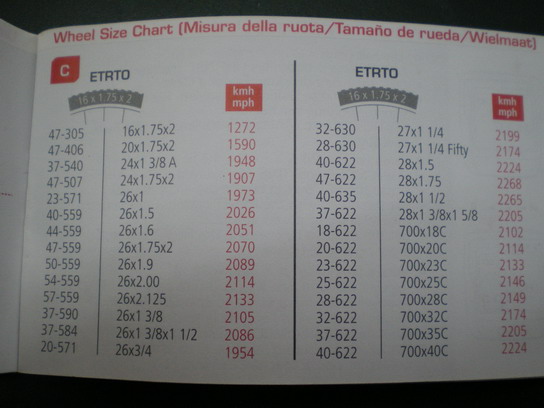
Radial this marking on the rubber in the standard size means that this is a radial construction tire. Steel means that there is a metal cord in the tire structure.
Letter E (in a circle) - the tire meets the European requirements of ECE (Economic Commission for Europe). DOT (Department of Transportation - US Department of Transportation) is an American quality standard.
Temperature A, B, or C Temperature resistance of tires at high speeds on the test bench (A is best).
Traction A, B, or C Tire wet braking capability.
Treadwear ; relative expected mileage compared to a specific US standard test.
TWI (Tread Wear Indiration) - tire tread wear indicators. The marking on the TWI wheel can also be with an arrow. Pointers are located evenly in eight or six places around the entire circumference of the tire and show the minimum allowable tread depth.